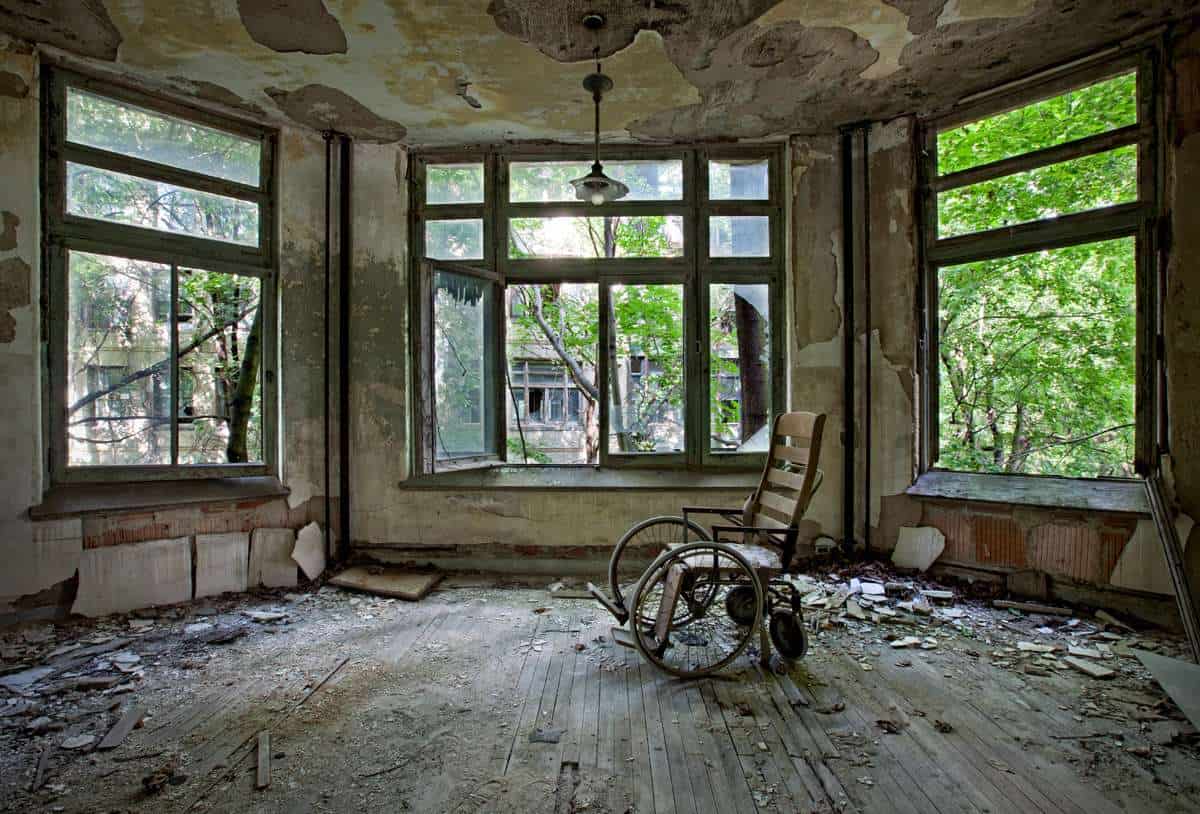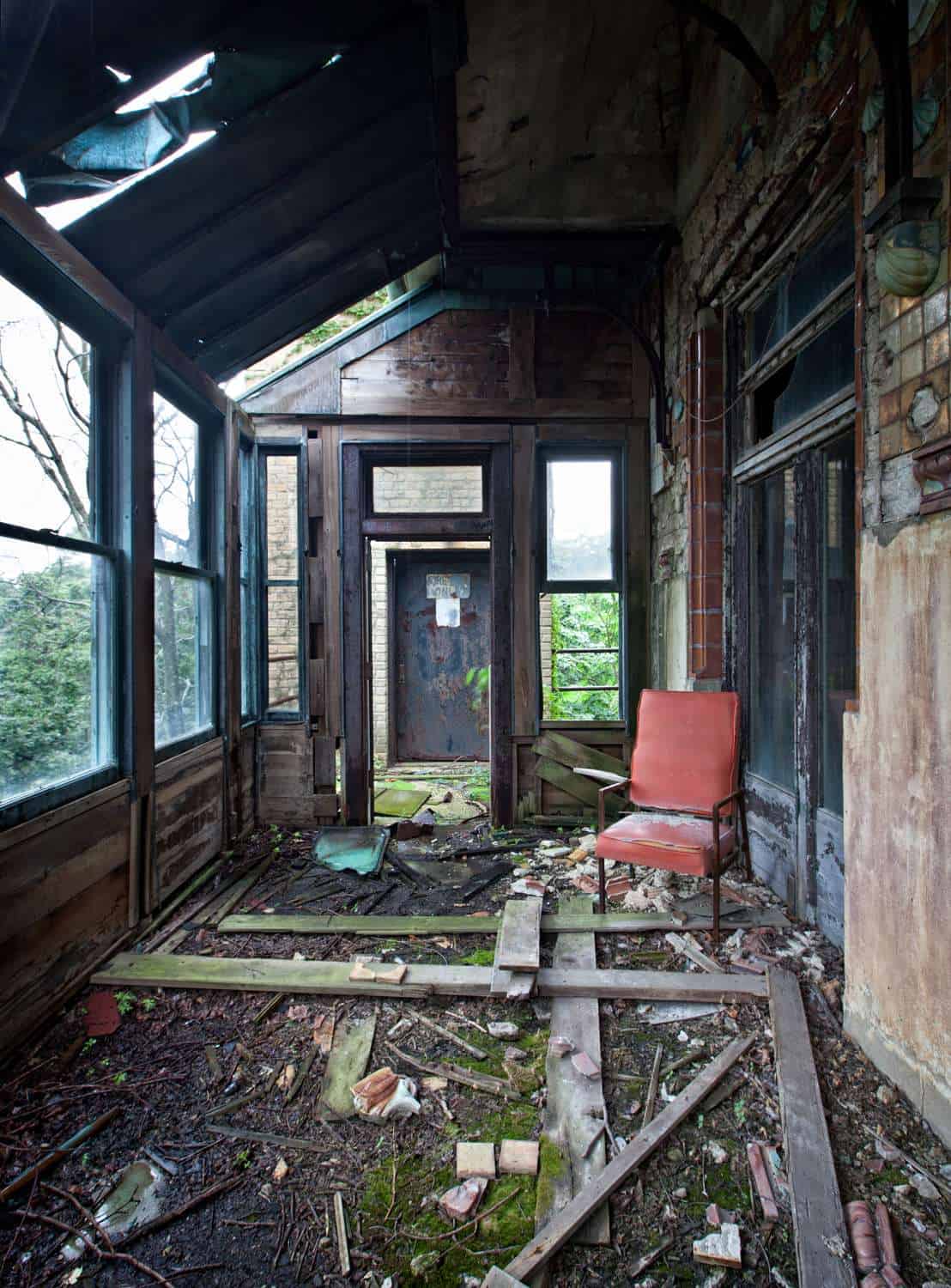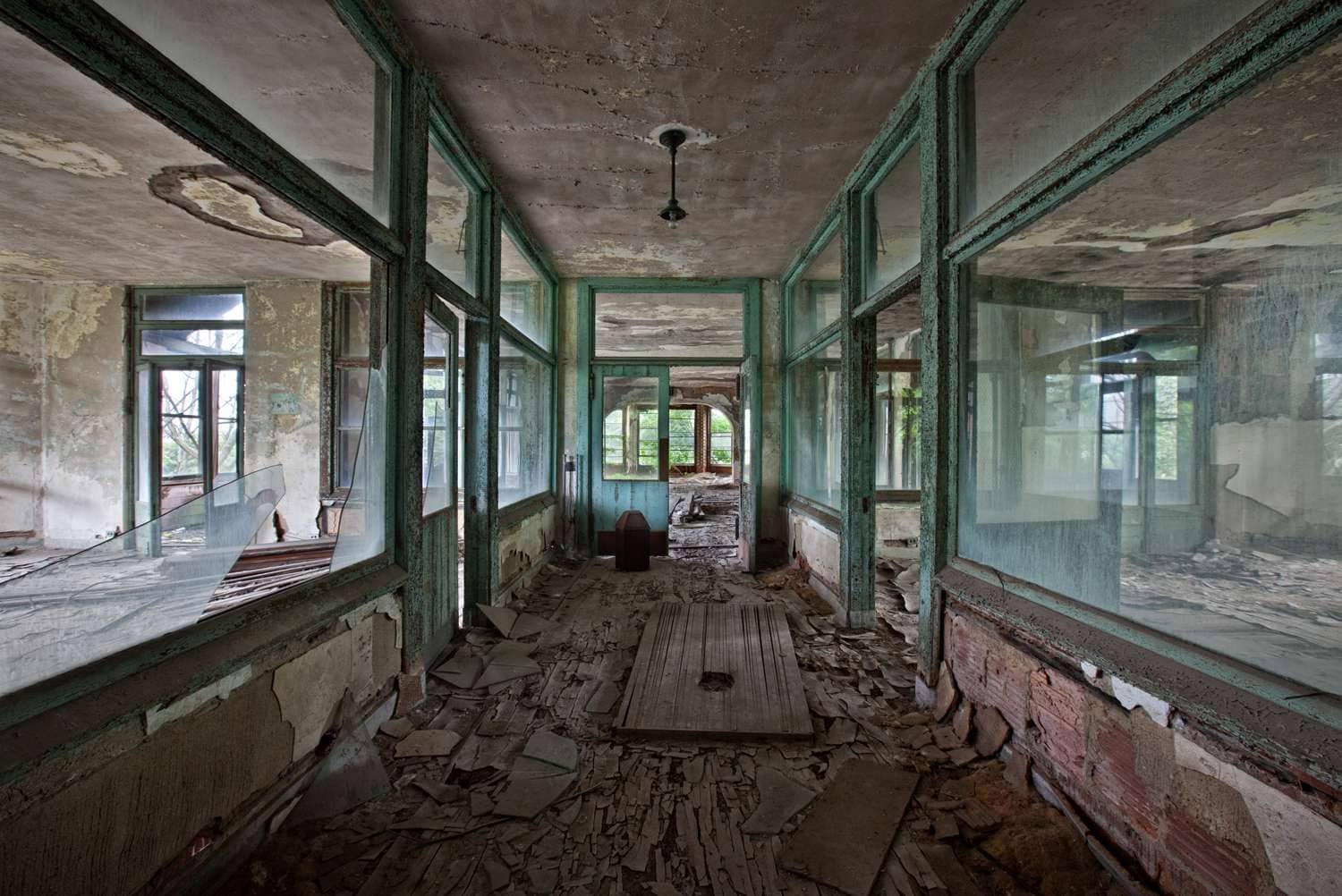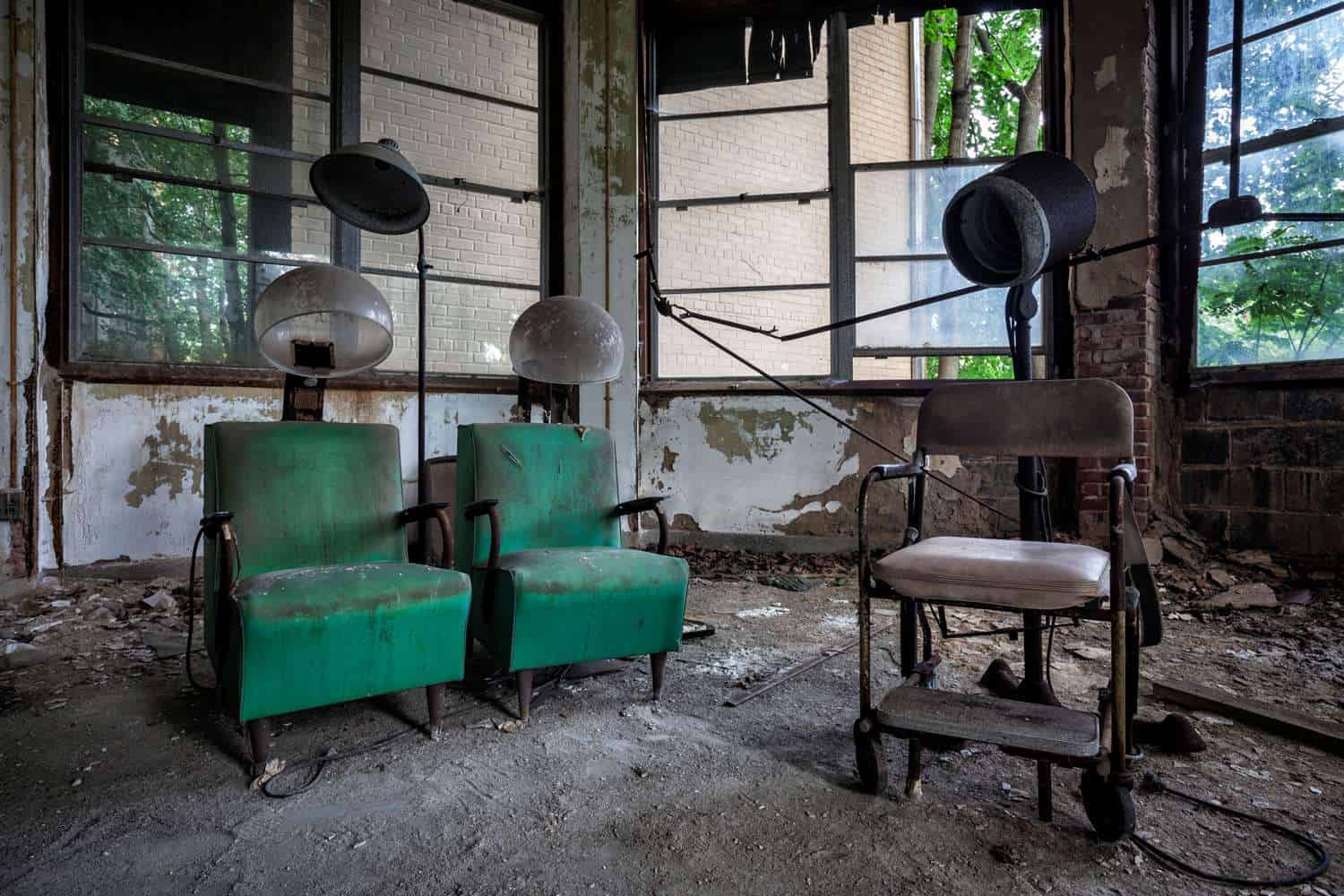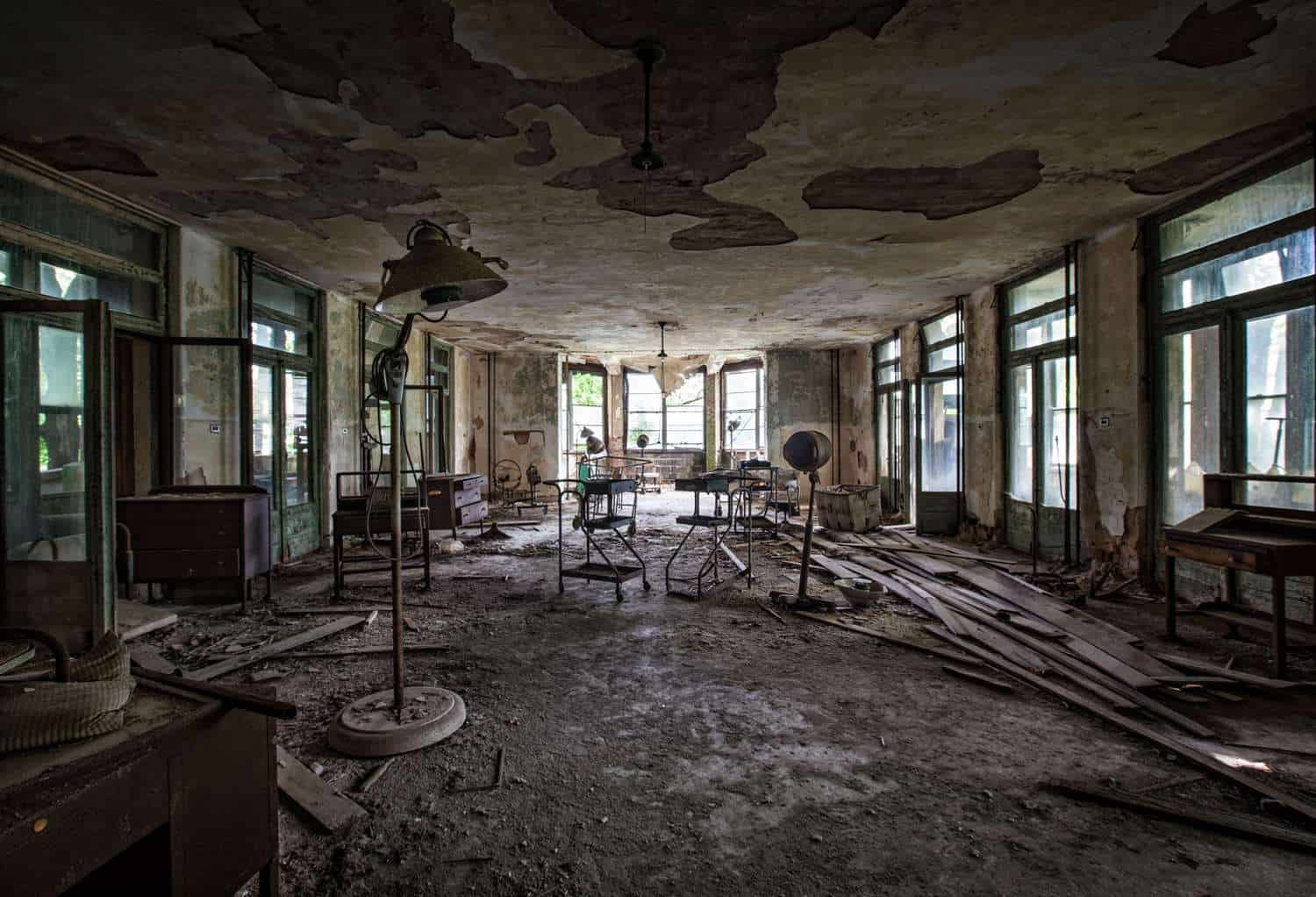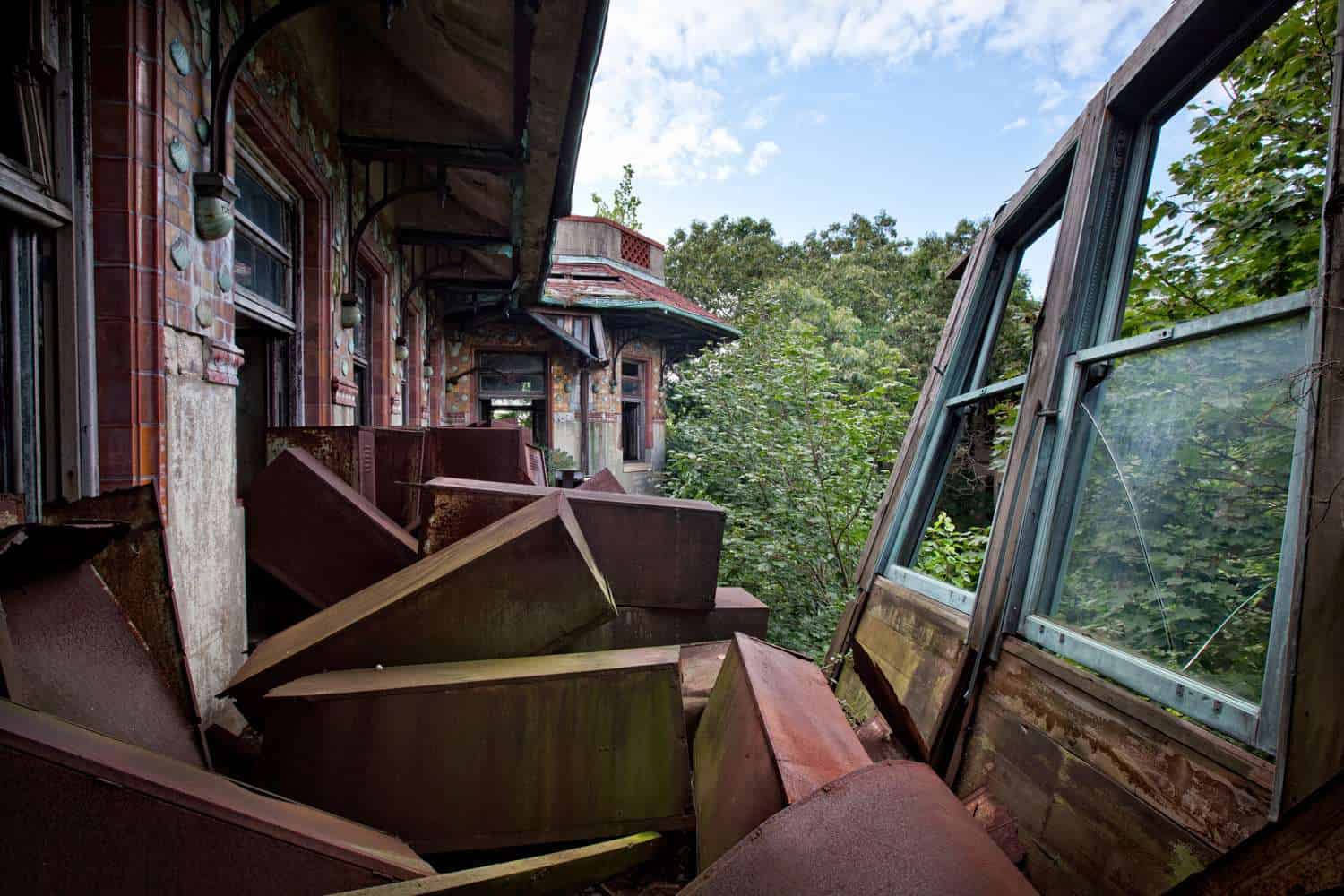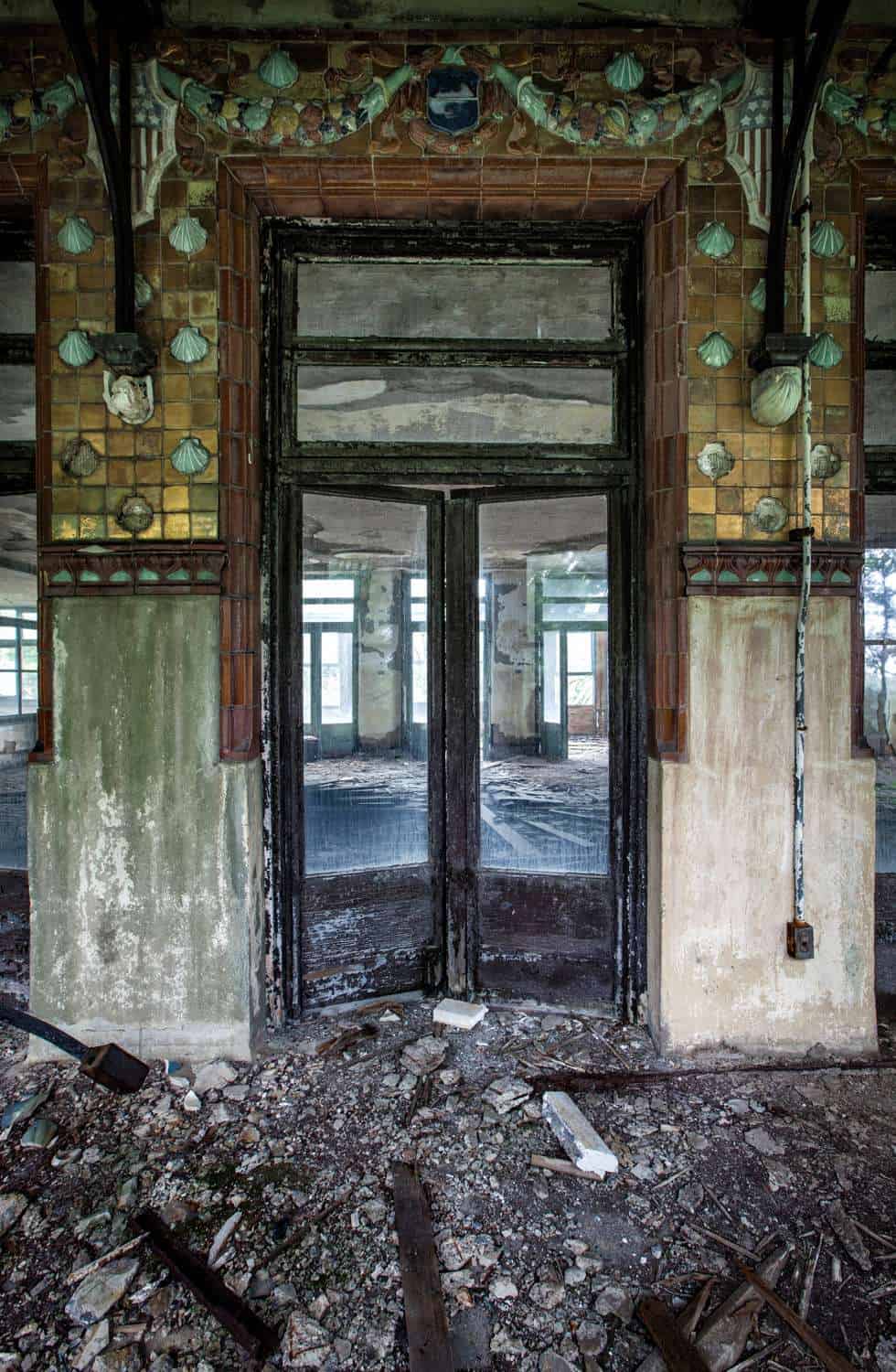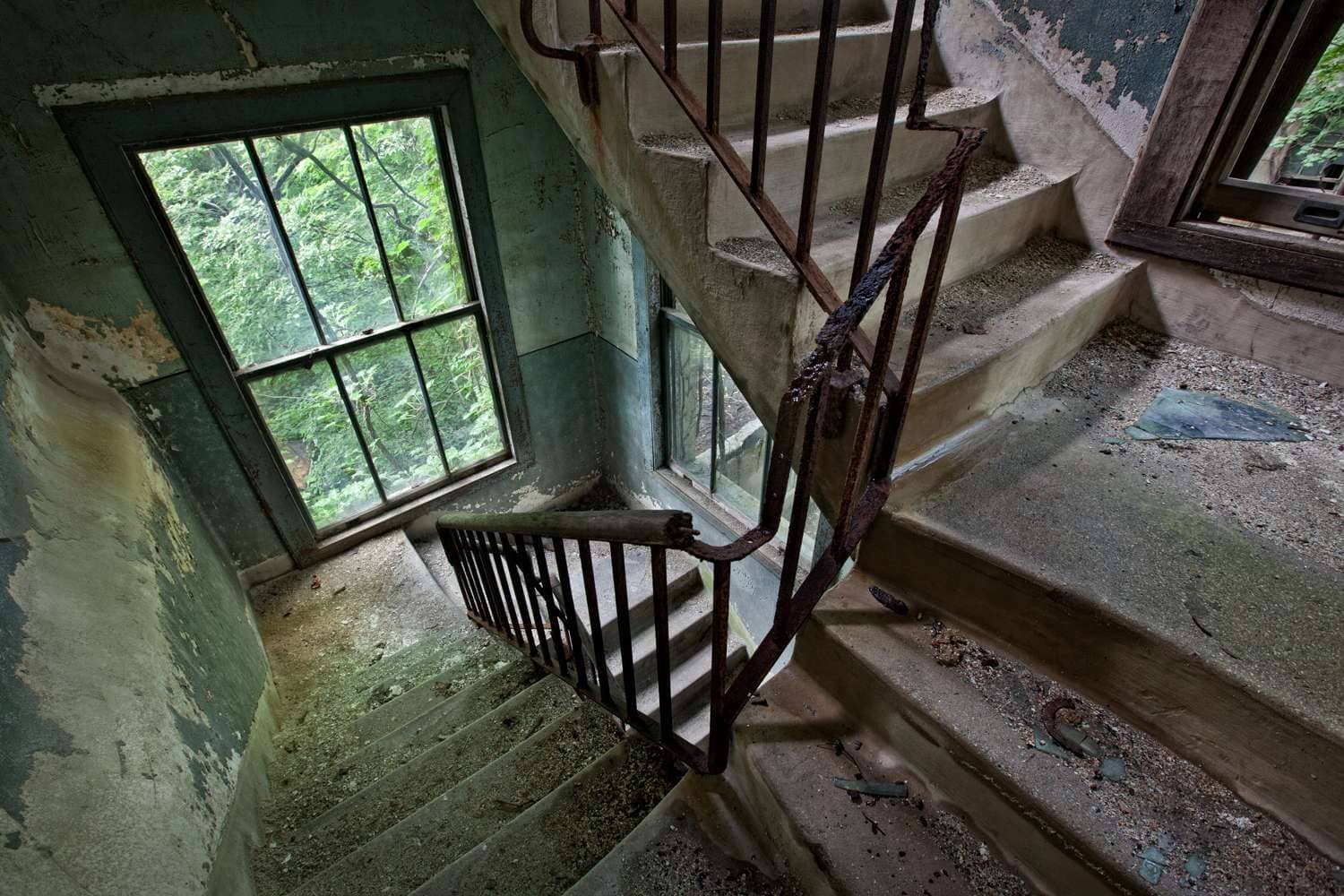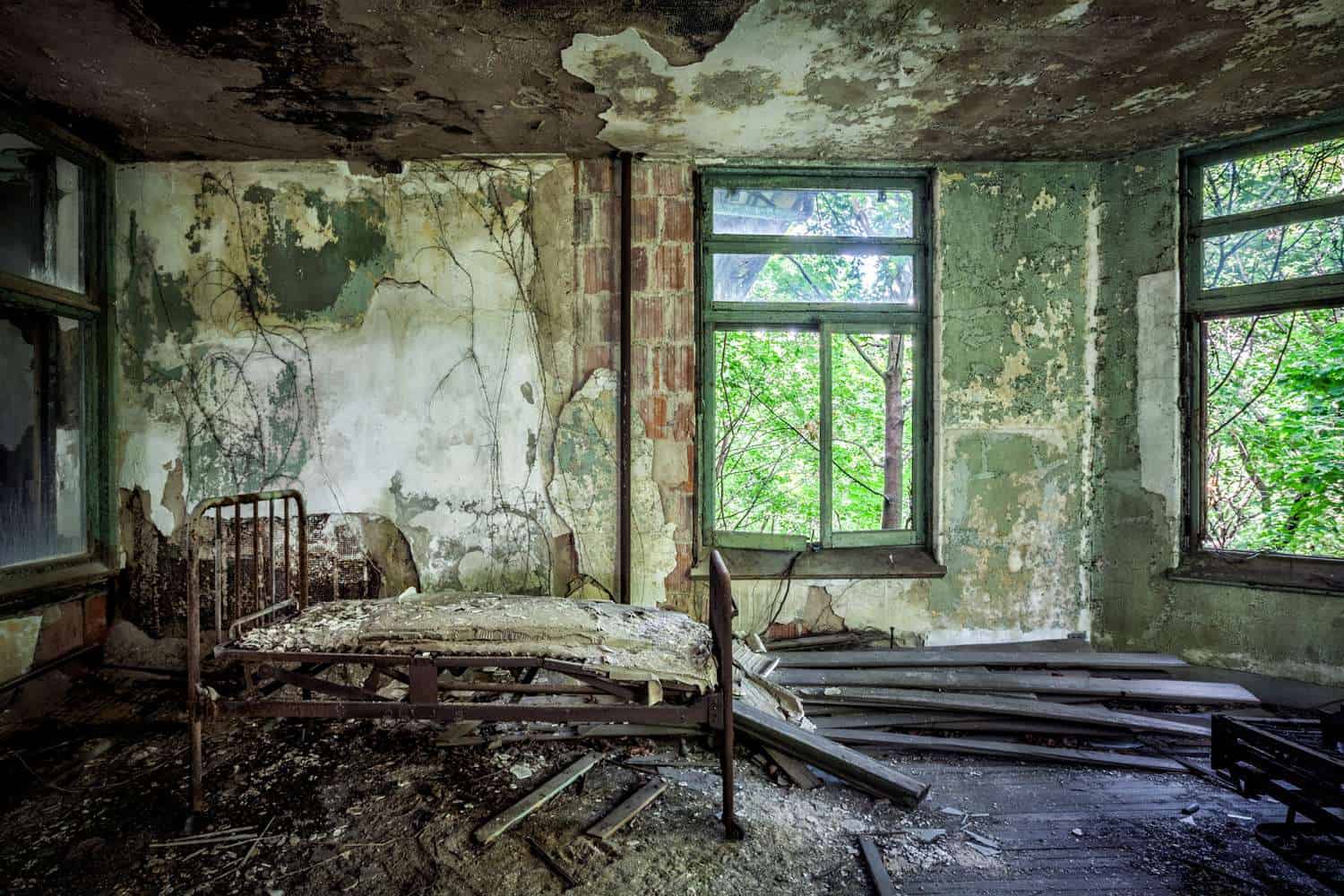Sea View Hospital
Sea View Hospital was opened in 1913 to treat cases from New York City, where tuberculosis was claiming more lives than any other disease. The New York Times heralded Sea View as “the largest and finest hospital ever built for the care and treatment of those who suffer from tuberculosis in any form. It is a magnificent institution that is vast, ingenious, practical, convenient, sanitary and beautiful. [It is] the greatest hospital planned in the worldwide fight now being waged against the ‘white plague.’ The opening of this hospital is the most important event of this decade in the effort to save 10,000 lives each year, that being the number in the past that have been lost to New York through the ravages of tuberculosis. This splendid hospital, erected by the City of New York at great cost, will serve a most humane purpose in the comfortable care of those who would otherwise be sufferers from neglect and privation.”
Eight four-story pavilions were built, with porches lining each floor, in addition to French doors and large windows that encouraged the circulation of air. There were also several supporting structures, including a surgical pavilion, residences for the doctors and nurses, an administration building, dining and laundry facilities, and a power house. Like the Maryland Tuberculosis Sanatorium for African Americans, Sea View was perched on a hill to maximize exposure to the wind. Though the first successful immunization occurred in 1906, this treatment did not catch on outside of France until after World War II. In the interim, fresh air, rest, sunlight, and periodic operations that collapsed one of the patient’s lungs so it could rest or injected air into patients’ chests were some of the only treatments available. Sea View’s capacity was quickly expanded from 1,100 to 2,000 four years after the facility opened.
Sea View’s crowning moment came in 1952, when a cure for tuberculosis was found there. There had been successes with other treatments introduced in 1947 including exposure to fresh air and Streptomycin, but treating the disease with Isoniazid was a pivotal moment in the battle against the disease. Experiments on some of the most desperate cases at Sea View produced miraculous results, and eventually the drug’s success led to the elimination of the need for sanatoria altogether. The last patients were discharged from Sea View in 1961 and much of the 365-acre campus sank into disrepair. Four pavilions were demolished when a nursing home was built and a few other buildings were repurposed, but despite its designation as part of a historic district in 1985, large parts of the campus remain neglected.
Matthew Christopher NY Mar 31, 2022 Abandoned Places Architecture History
